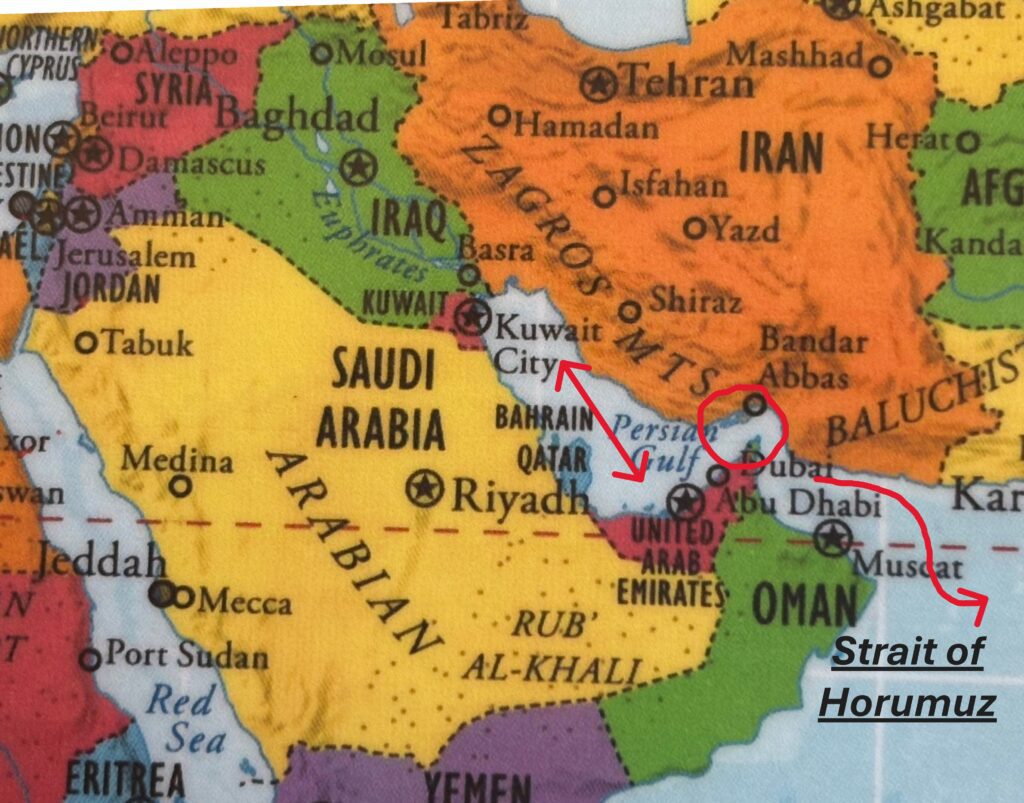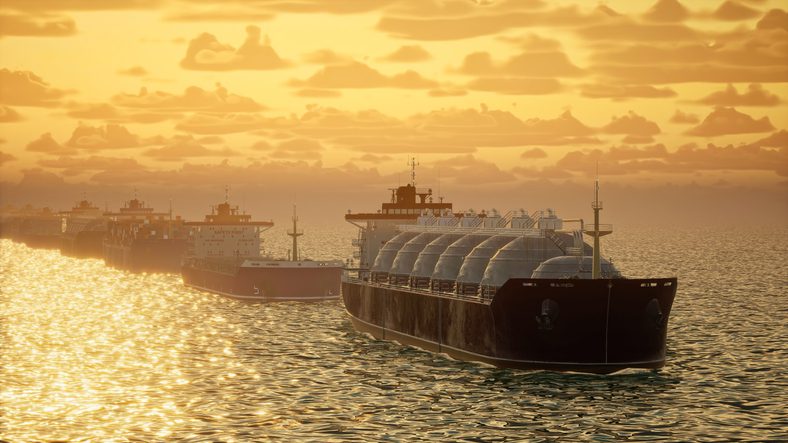#5 The Strait of Hormuz: The World’s Most Critical Oil Chokepoint


Introduction: The Strait of Hormuz is arguably the world’s single most important maritime chokepoint for global energy supplies. This narrow, strategically vital waterway connects the Persian Gulf (also known as the Arabian Gulf) to the Arabian Sea and the broader Indian Ocean. Located between Oman and Iran, it is the only sea passage from the Persian Gulf to the open ocean, making it an indispensable transit route for a massive volume of crude oil, petroleum products, and liquefied natural gas (LNG) from the Middle East to markets worldwide. Its immense importance, coupled with regional political tensions, makes it a constant focal point of global security and energy concerns.
Geography – A Narrow, Deep, and Heavily Trafficked Passage:
- Located between Iran to the north and the Musandam Peninsula of Oman and the United Arab Emirates to the south.
- It directly connects the Persian Gulf (or Arabian Gulf) to the west with the Gulf of Oman and the Arabian Sea to the east.
- At its narrowest point, the Strait is only about 39 kilometers (21 nautical miles or 24 miles) wide, with the shipping lanes themselves being just 3.2 kilometers (2 miles) wide in each direction.
- Despite its narrowness, it is sufficiently deep for the transit of large oil tankers, including Very Large Crude Carriers (VLCCs) and Ultra Large Crude Carriers (ULCCs), which require drafts of up to 22 meters.
- The shipping traffic in the Strait is organized into two 3.2 km (2 mile) wide channels for inbound and outbound traffic, separated by a 3.2 km (2 mile) wide buffer zone.
Key Facts & Importance:
- Global Oil Arteries: The Strait of Hormuz is the world’s most important oil transit chokepoint. In 2023, an estimated 21 million barrels per day (b/d) of crude oil, condensates, and petroleum products flowed through the Strait. This represents roughly 21% of global petroleum liquids consumption and about one-third of all seaborne-traded oil.
- Major LNG Transit: Beyond oil, it is also a critical route for liquefied natural gas (LNG). In 2023, approximately $60 billion worth of LNG passed through the Strait, predominantly from Qatar, which is one of the world’s largest LNG exporters.
- Energy Lifeline for Asia: A vast majority of the oil and gas transiting Hormuz is destined for key Asian markets. For instance, over 80% of crude oil exports from Saudi Arabia, Iran, UAE, Kuwait, and Iraq pass through this Strait. China, India, Japan, South Korea, and other Asian economies are heavily reliant on these supplies.
- Strategic for Key Producers: All major oil and gas producers in the Persian Gulf region—including Saudi Arabia, Iran, UAE, Kuwait, Qatar, and Iraq—depend almost entirely on the Strait of Hormuz for their maritime exports.
Geopolitical Considerations:
- Iran’s Strategic Position: Iran views the Strait as a vital security interest and has repeatedly threatened to close or disrupt traffic in response to international pressure or sanctions. This capability gives Iran significant leverage in regional and international relations.
- U.S. Naval Presence: The U.S. Fifth Fleet, headquartered in Bahrain, maintains a significant naval presence in the Persian Gulf and Arabian Sea to ensure freedom of navigation and deter any attempts to impede oil transit. This creates a continuous, high-stakes military standoff potential.
- Regional Tensions: The Strait is situated in a highly volatile region marked by historical conflicts, proxy wars, and ongoing rivalries (e.g., between Iran and Saudi Arabia). Any escalation of these tensions poses an immediate threat to the Strait’s stability.
- Global Economic Impact: Even a short-term disruption to traffic through Hormuz would send shockwaves through global energy markets, causing oil prices to spike dramatically and threatening a global economic recession due to disrupted supply chains and increased shipping costs.
- Alternative Routes (Limited): While some pipelines exist that bypass the Strait of Hormuz (e.g., Saudi Arabia’s Petroline, UAE’s Abudhabi Crude Oil Pipeline), their capacity is very limited compared to the volume carried by tankers, making them insufficient as full alternatives.
Maritime Hazards & Modern Challenges:
- Terrorism & Piracy: Though significantly reduced in recent years due to increased patrols, the broader region has seen incidents of piracy and attacks on commercial vessels, particularly related to geopolitical tensions.
- Mines & Naval Incidents: The threat of naval mines or direct attacks on shipping remains a concern, especially during periods of heightened military exercises or confrontation between regional navies. Incidents involving limpet mines on tankers have occurred.
- High Traffic Density: The sheer volume of large tankers and other vessels transiting a narrow passage creates inherent navigational risks, increasing the potential for collisions or groundings.
- Environmental Risk: The enormous quantity of oil transiting the Strait means any incident (collision, attack, grounding) carries a severe risk of a major oil spill, which would have devastating environmental consequences for the fragile marine ecosystems of the Persian Gulf and Gulf of Oman.
